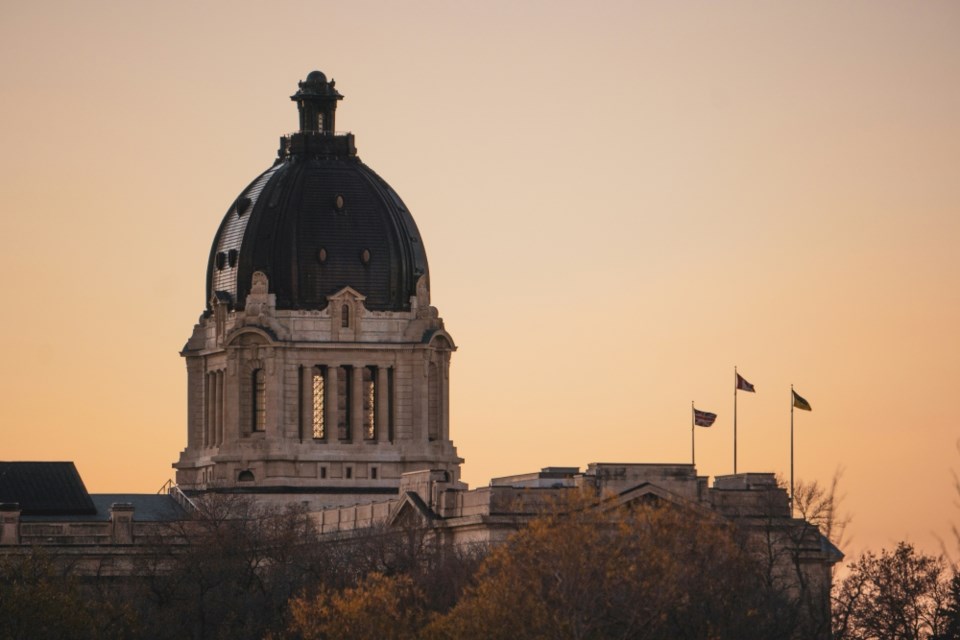The provincial election campaign is underway, but you can forgive people for thinking we were in the midst of an election long before the election writ dropped on Oct. 1.
After all, the leaders and caucus members of the governing Saskatchewan Party and the opposition New Democratic Party had spent much of the prior month crisscrossing the province, making promises of what they would do if they're elected, while taking pot shots at their election foes.
Other parties have been busy articulating their policies and platforms while trying to boost their profiles with the voters.
Since the election call, we've heard the Sask. Party promise to cut income taxes across the board. The Saskatchewan NDP has reiterated their vow to repeal the gas tax and to chop some of the taxes brought in by the Sask. Party, such as children's clothing.
The NDP has been trying to hit the Sask. Party on such fronts as health care and education, while the Sask Party has pointed to the NDP's record on those fronts during the NDP's 16 years in power from 1991-2007.
This election campaign should be more interesting than previous ones. Recent Saskatchewan elections have lacked intrigue on the macro level. There has been some suspense in some of the individual constituencies, and there are always surprises in terms of what the party leaders will promise, but we've known before the campaign which party would ultimately prevail.
The question wasn't whether the Saskatchewan Party would return to power. The questions were how many seats they would win, whether they would get at least 60 per cent of the popular vote, and if the NDP leader would resign after another electoral defeat.
There is a slim path to victory for the NDP, but it requires a virtual sweep of the 32 constituencies between Regina, Saskatoon, Moose Jaw, Prince Albert and the north, something the NDP used to do, but haven't been able to pull off since 2003 – their last electoral win.
If the Saskatchewan United Party and/or the Buffalo Party win multiple seats and create a minority government, then the Sask. Party would be far better positioned to form a coalition government or forge a confidence and supply arrangement with one of the other parties.
You can be sure the Sask. Party will be warning the public repeatedly about the risks of a vote split, and how that would benefit the NDP.
The NDP has found a leader in Carla Beck who hails from rural Saskatchewan and understands some of the issues we face. But the NDP didn't plunge to its current levels of support in rural Saskatchewan overnight; it's going to take years of work to rebuild that trust with rural voters. And until they rebuild that base, it's going to be very difficult for them to win an election.
Bottom line: expect the NDP to come away with its largest number of seats since they won 20 in the 2007 provincial election – the year the Sask. Party formed government for the first time.
It will be interesting to see how the Buffalo Party, the Saskatchewan United Party and the other parties fare. Four years ago, a lot of people were stunned when the Buffalo Party finished second in four ridings, including Estevan and Cannington, but nobody who lives down here should have been stunned, as the Buffalo's message resonated with a lot of people tired with provincial and federal governments.
It will also be interesting to see the promises that are made between now and Oct. 28, although you have to wonder how much remains for the Sask. Party and the NDP to give.
Of course, we can look forward to a political bombshell or two along the way. We can look forward to the leaders' debate, with each leader declaring victory and their supporters backing up their claims.
But there will be lots left to be decided. And after the utter predictability of 2011, 2016 and 2020, that's a welcome change.




